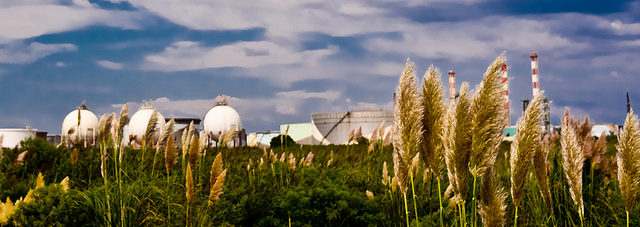There is a need for improved understanding – and promotion – of biomass production in landscapes that generate multiple ecosystem services and support biodiversity. Governance of land use and other activities shaping our landscapes requires methods to assess impacts on biodiversity and ecosystem services.
Landscape management workshop co-arranged by the SIANI-Focal theme held at Chalmers 15-16 March. Contact Eskil Mattsson eskil.mattsson@chalmers.se if you want to take part of the workshop outcomes.
A multitude of approaches exist that address biodiversity and ecosystem services on different spatial and temporal scales. This diversity is important for advancing science and knowledge, but can create difficulties in situations where governance agreements are to be made. This is particularly complex in a context where multiple goals need to be considered, e.g., mitigation of climate impacts from land use, promotion of renewable energy, increased food production, and more sustainable resource management in general.
The advancement of science and knowledge needs to be managed in parallel with processes informing governance based on the current state of knowledge. This is a challenging task, which can be supported through structured information exchange and collaboration engaging researchers and other actors involved with governance.
Workshop aim and scope: This workshop aims to (i) facilitate the sharing of views and experiences and (ii) provide the basis for a publication about methodologies and tools for assessing land-use impacts on biodiversity and ecosystems services, including an agenda for further advancement of science and knowledge in support of governance agreements on landscape management and design for food, bioenergy and the bioeconomy.
The workshop concerns terrestrial ecosystems and both agriculture and forestry activities. The management of aquatic resources is not included, but impacts on aquatic ecosystems are considered.
Expected outcome: A workshop outcome report is planned. The option to publish an IEA Bioenergy position paper is investigated. Since several of the organizers are expected to arrange workshops/seminars on related topics in the coming years, we propose to consider this workshop a useful opportunity for networking and development of collaboration plans as well as for identify important research questions that can be addressed in later meetings.
